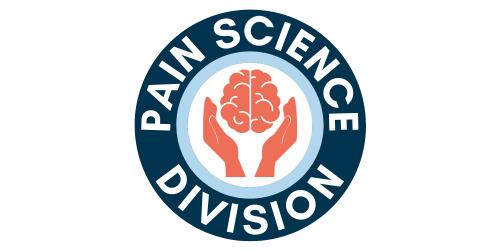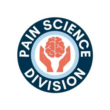Outcome Measure Review

Review contributed by: Julie Penner
What is Catastrophizing?
The definition of catastrophizing is an “exaggerated negative ‘mental set’ brought to bear during actual or anticipated painful experience.”1,p53 In pain literature, catastrophizing correlates with highler levels of physical and emotional distress because:
- catastrophizing increases attention to the painful sesnation, which might contribute to chronic hyperalgesia;
- catastophizing is associated with higher levels of negative emotion, which might reduce pain tolerance;
- catastrophizing may have an impact on the endogenous pain modulation systems, which might reduce the effectiveness of rehabilitation and pharmacological interventions for individuals experience pain.1,2
Pain literature suggests that catastrophizing may also provide a positive function for coping with pain; catastrophizing may serve as a ‘communal’ approach for dealing with pain (i.e., as a coping strategy to attract social attention and support).1,2 In such cases, catastrophizing may “only become truly maladaptive under chronic pain or chronic illness conditions.”2, p.11
What is the Pain Catastrophizing Scale?
The Pain Catastophizing Scale (PCS) was developed in 1995 to facilitate research that studied the effects of catastrophizing on pain experience. Catastrophizing in the context of pain experience is now viewed as a three-dimensional construct that includes rumination, magnification, and helplessness. These dimensions are mesured as subscales of the PCS (see the following table). Multiple studies support the theoretical distinction between these three subscales.
The PCS, comprised of 13 questions, is simple to administer; completing and scoring the scale takes less than five minutes. The PCS requires a Grade 6 reading level. A child and adolescent version of the PCS (PCS-C) written at a Grade 4 reading level, has also been developed and validated.4
| PCS Subscales | Example | Subscale Scoring |
| Helplessness | “It’s awful and I feel that it overwhelms me” (PCS Item 4) | Sum of Items 1+2+3+4+5+12 |
| Magnification | “I wonder whether something serious may happen” (PCS Item 13) | Sum of Items 6+7+13 |
| Rumination | “I keep thinking about how much it hurts” (PCS Item 10) | Sum of Items 8+9+10+11 |
Why should you consider using the PCS?
- An individual who thinks catastrophically about his/her painful condition(s) might be at risk for developing chronic pain2
- Knowledge of catastrophic thinking will enable you, as a clinica, to more effectively tailor pain treatment plans to individuals’ needs (by addressing the three catastophizing subscales and by referring individuals to other specialists as necessary)2.
Access the PCS
You can find the PCS (adult, spouse, and child versions) by following the link:
http://sullivan-painresearch.mcgill.ca/
You may also find the PCS User Manual helpful:
http://sullivan-painresearch.mcgill.ca/pdf/pcs/PCSManual_English.pdf
References
- Sullivan, M.J.L., Thorn, B., Haythornthwaite, J.A., Keefe, F.J., Martin, M., Bradley, L.A., & Lefebvre, J.C. (2001). Theoretical perspectives on the relation between catastrophizing and pain. The Clinical Journal of Pain, 15, 52-64.
- Sullivan, M.J.L. (2009). The pain catastrophizing scale user manual. Retrieved from http://sullivan-painresearch.mcgill.ca/pdf/pcs/PCSManual_English.pdf.
- Van Damme, S., Crombez, G., Bijttebier, P., Goubert, L., & Van Houdenhove, B. (2002). A confirmatory factor analysis of the pain catastrophiczing scale: invariant factor structure across clincial and non-clinical populations. Pain, 96, 319-324.
- Crombez, G., Bijttebier, P., Eccleston, C., Mascagni, T., Mertens, G., Goubert, L., & Verstraeten, K. (2003). The child version of the pain catastrophizing scale (PSC-C): a preliminary validation. Pain, 104, 639-646.



